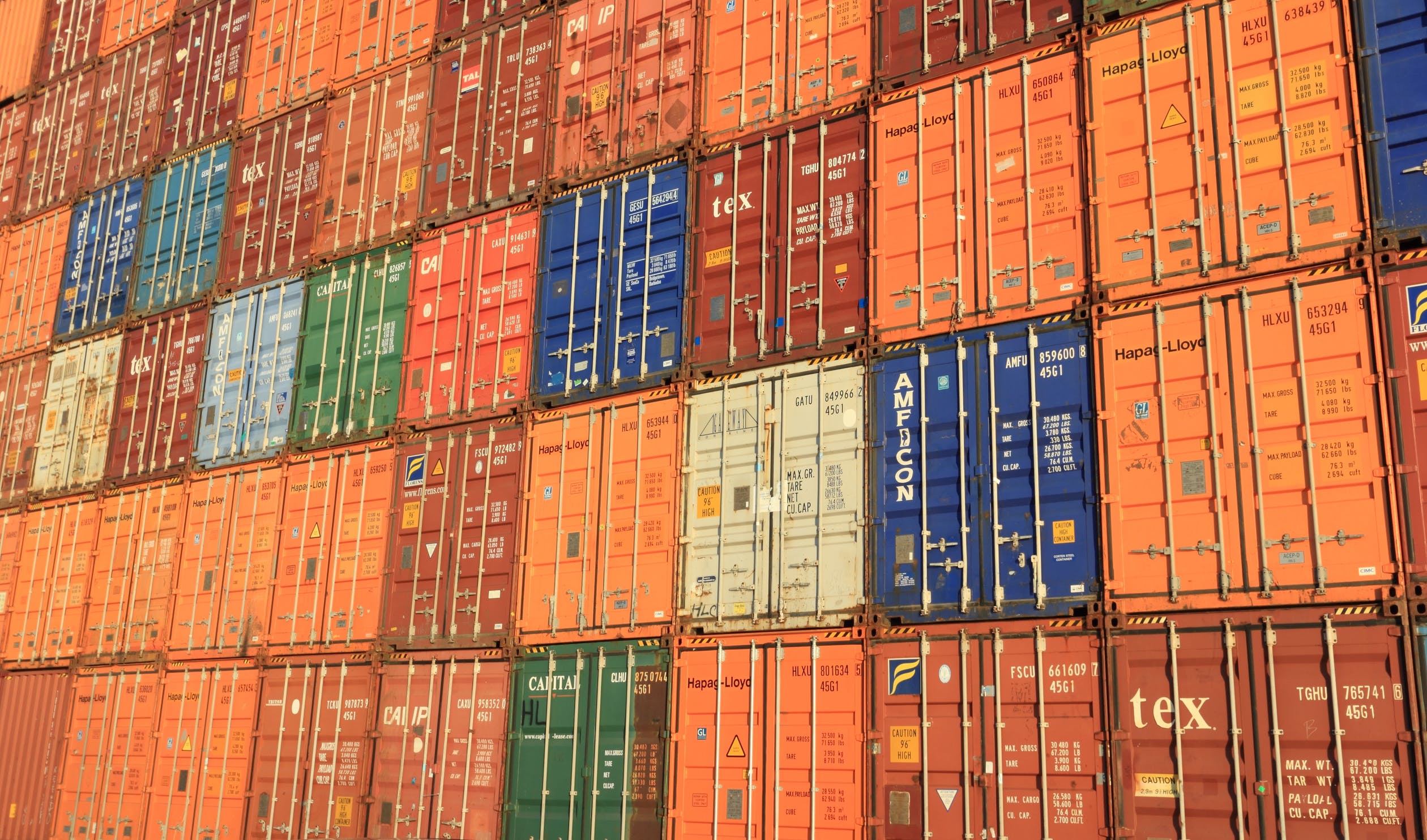A common sight at shipping yards and on container ships themselves, shipping containers can be found in an almost endless array of colours.
While it may seem an unnecessary step, container painting brings a wide range of benefits for both the shipping container and the companies relying on them.
Find out more from the experts at Gap Containers today!
Why bother with container painting?
Made from strong and sturdy Corten steel – sometimes called weathering steel – shipping containers are designed to be low maintenance, durable, and resistant to corrosion.
So, why do companies bother painting such large structures, especially when they know they may be exposed to the elements during transit?
Benefits of a painted shipping container include:
- Added protection
Acting as an extra layer of protection, marine-grade pain can slow down corrosion and rusting.
While Corten steel is resistant to corrosion, it isn’t impervious to it, so every little bit of extra resistance helps.
- Increasing the lifespan
Because of their construction materials and design, shipping containers are designed to last for up to 40 years with proper care and maintenance.
By utilising shipping container paint, the lifespan of each container can be increased – giving a better return on investment.
- Hiding scratches
As part of the logistics process, scratches, dents, and bumps can occur. Adding a durable shipping container paint, however, can cover any existing damage and give your container a fresh start.
While this may seem a cosmetic concern, it can influence how prospective customers view your business, especially if your container has been painted to include your company logo. If you look after your logistic equipment, the customer may feel you are more likely to look after them.
- Making them easier to find
Likewise, for prompt loading and unloading – container painting can make it easier to find your unit.
In shipyards or airports with thousands of containers to account for, any time that you can scrape back, means your goods are on their way to distribution points (and then on to customers) without delay!
How is shipping container paint applied?
To ensure your shipping container paint is applied properly, most people ask container painting experts to do it for them.
This is because, unlike painting a wall, painting a container is complex and relies on proper preparation and priming.
Preparing
First, the container must be thoroughly prepped, removing contaminants such as dirt, rust, and old paint flakes, etc. Failure to complete this step can result in uneven paint or even paint that doesn’t adhere.
Priming
Then, most will use a primer to ensure a smooth finish and extend the lifespan of the paint itself. This should be applied lightly but thoroughly and left to dry completely before you move on to painting.
Choosing and using shipping container paint
At this stage, you will need to decide on the colour and type of paint you prefer.
Most customers choose a satin finish, as matte and gloss finishes can make containers more prone to damage and show dirt, dust, or blemishes more easily.
Likewise, while the colour you choose is up to you, very dark shades and colours are generally not advised, as they show damage easily, require more upkeep, and will absorb heat, raising the temperature inside your unit.
Similarly, while it will help keep units cooler and reflect heat and light, white or very light containers also require more regular cleaning and paint touch-ups.
For a low-maintenance option, most customers choose a more middle-of-the-ground shade and colour, to balance the need for even temperatures and less intensive maintenance.
Finally, the acrylic marine-grade shipping container paint can be applied, with either a brush or paint-sprayer. While it can be tempting to use as little paint as possible to recoup costs, scrimping can reduce the extent to which the exterior is protected during extreme weather conditions or sea spray.
Cost to paint a shipping container – what to expect
The cost to paint a shipping container will depend on two things: the size of the container and how the paint is applied.
Generally speaking, the larger the container, the more paint will be needed.
If the shipping container paint is applied as a spray, thinners will need to be added, which means less paint is used per coat. This is especially true versus using a paintbrush, which will use more per coat.
However, if the shipping container is being changed from a darker to lighter colour or is in poor condition, it will likely need more coats – raising the cost.
Need a painted shipping container? Contact Gap Containers
With a large range of RAL colours to choose from and years of experience painting containers of all types and sizes, Gap Containers offers high-quality container painting across the UK.
So, whether your current stock needs touching up or you’re ordering a new container that needs company branding added, we can help.
To get a bespoke quote or to ask any questions, why not call us on 0870 240 9405 or send us an email to sales@gapcontainers.co.uk? The team will be in touch as soon as they can.












 Reviews
Reviews